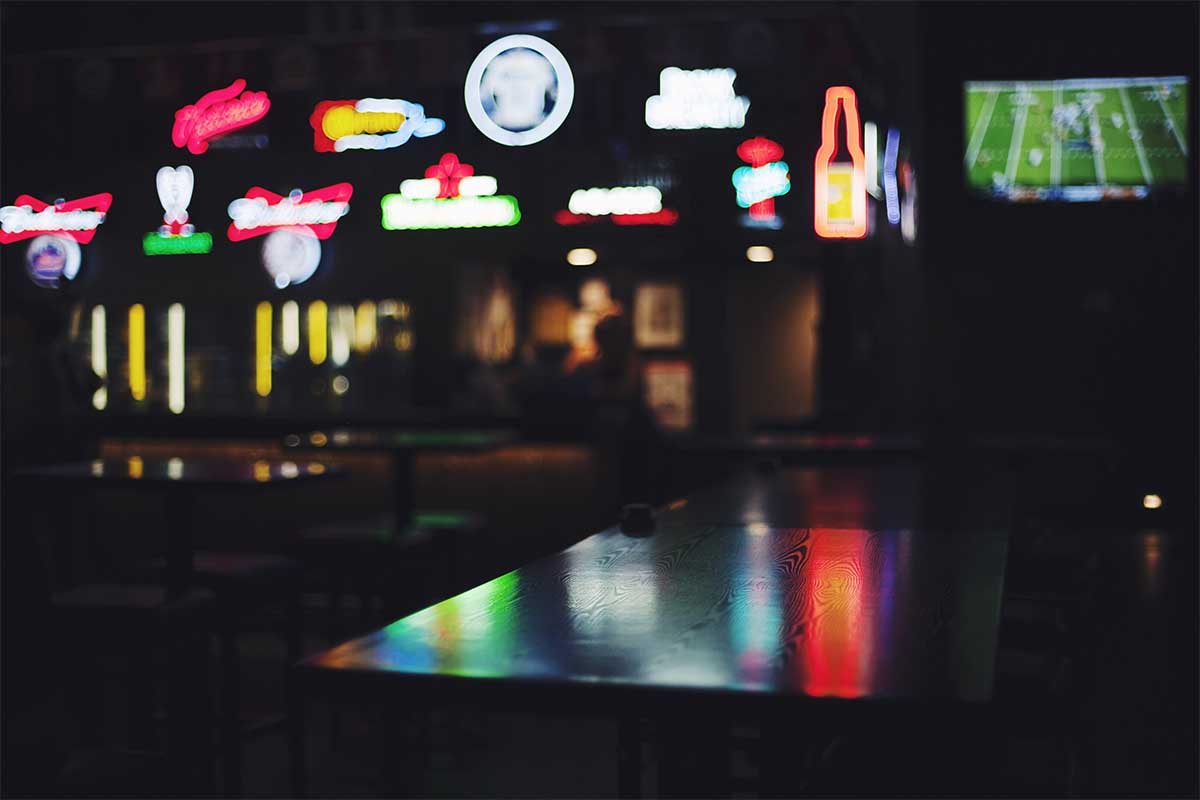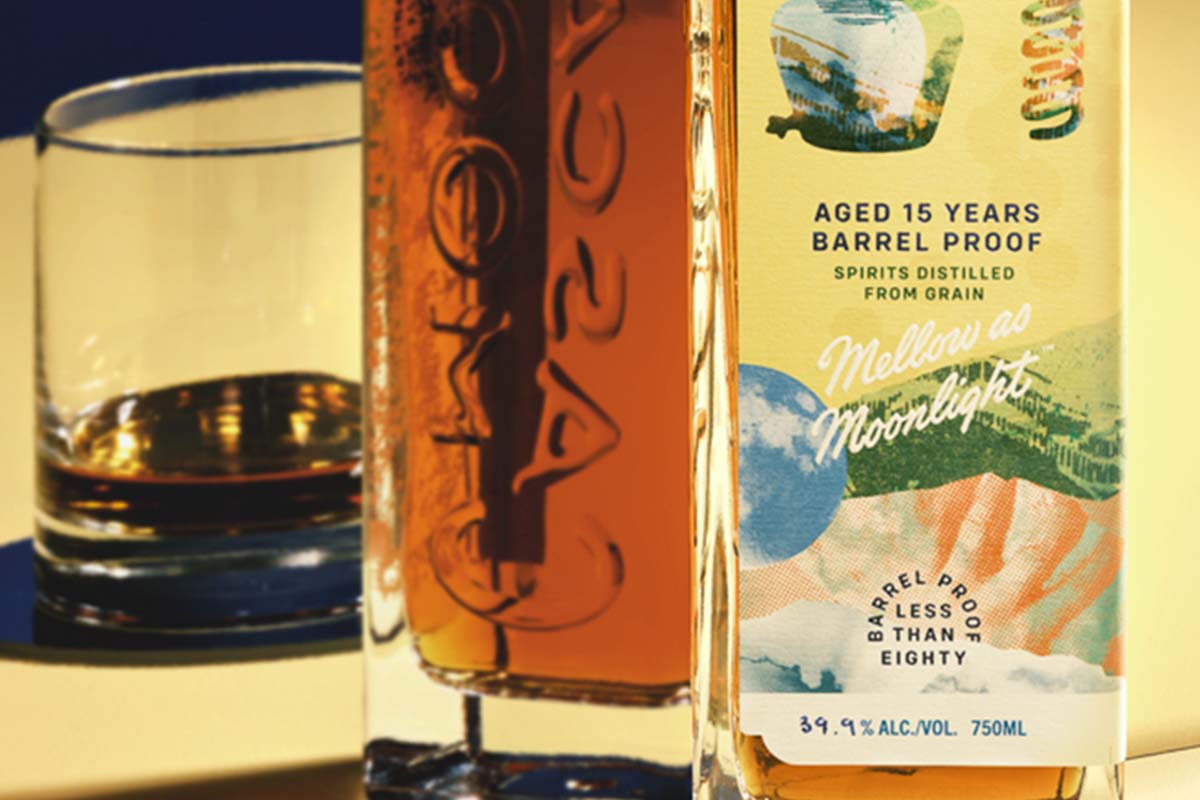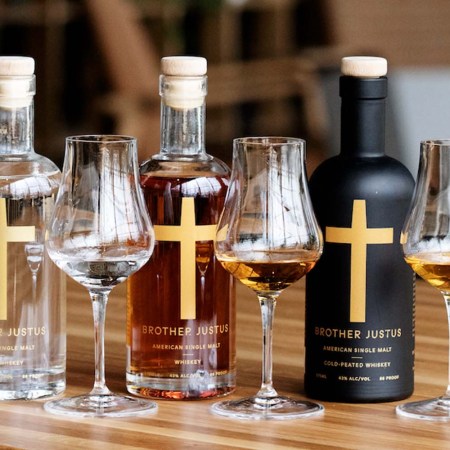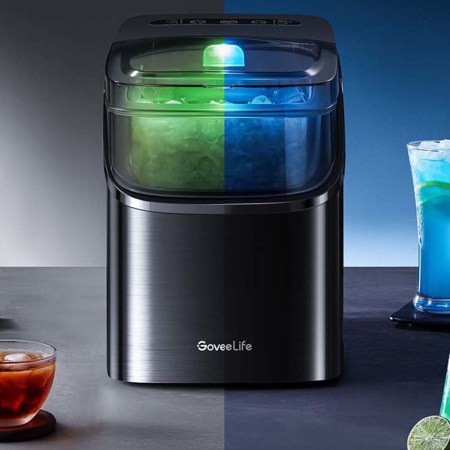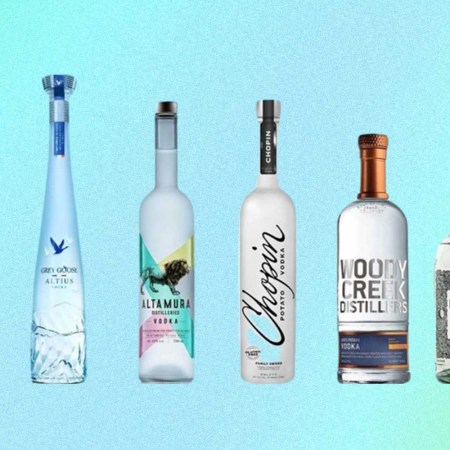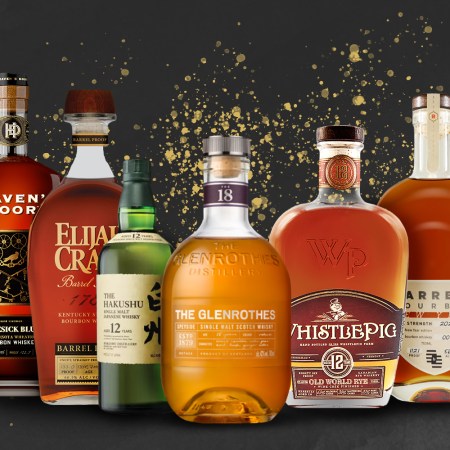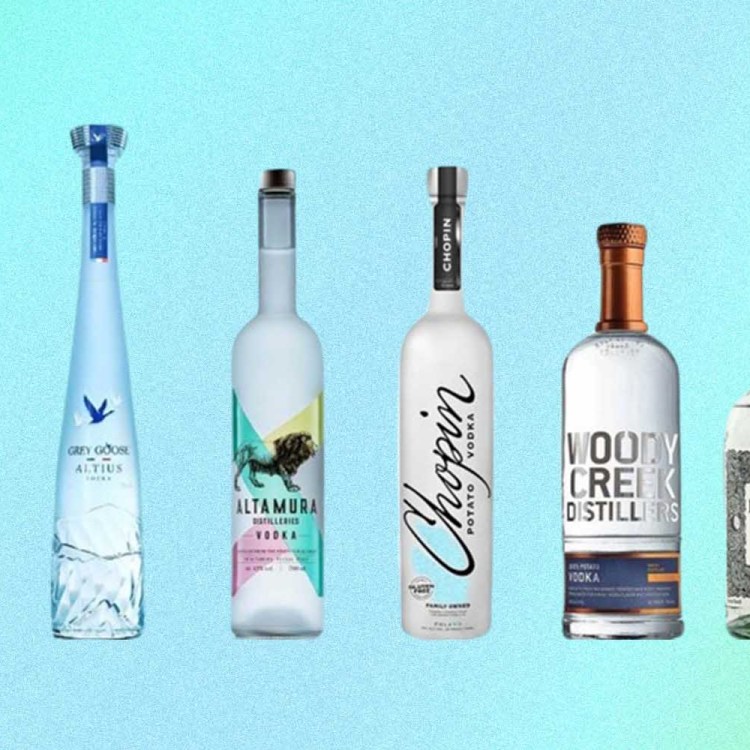While the party is far from over, the last few months have seen the booze industry hit some surprising obstacles.
Given that most boozy forecasts at the beginning of 2022 were filled with endless optimism, the news and statistics of the last few months of summer have been somewhat sobering. Spirits numbers flattened or dropped. Craft breweries seemed to have more closures than usual, and total beer volume sales and dollars were noticeably down. The promising direct-to-consumer, low-ABV booze brand Haus lost its funding. Direct-to-consumer wine sales “slowed noticeably.” And in the UK, trends show younger (potential) drinkers embracing a teetotal lifestyle, prompting Vice to suggest alcohol “has lost its cool.”
It’s possible that some of these negative patterns are fleeting and simply related to the economy — in a recent survey by Drizly, 31% of the drinks delivery service’s users said inflation had affected their alcohol purchasing patterns, though given that gas prices were the main cause of concern from these customers, those patterns may change as gas prices continue to dip.
Low-Proof Spirits Are on the Rise
Not quite whiskey or vodka, some bottles skirt the 80-proof standardIs all this bad news just a coincidence? Look elsewhere and the numbers — well, outside of hard seltzers — are staggering, particularly regarding tequila sales, the non-alcoholic beverage sector and the amounts of money large spirits brands were pouring into expansion (that’s $1.2 billion Buffalo Trace is spending).
Bacardi releases a Trends Report at the beginning of each year (along with trend forecasters The Future Lab) that predicts where the drinks industry is headed. Given that we’re two-thirds through 2022, I reached out to Bacardi’s Global Advocacy Director, Jacob Briars, to get some clarity on the current state of the booze industry. Not surprisingly, he’s bullish on the future, especially when it comes to tequila, non-alcoholic beverages and our return to bars.
InsideHook: We’re over halfway through the year. What’s been the biggest surprise in the booze industry so far?
Jacob Briars: It’s been wonderful to watch as people have gone back to bars and restaurants in full swing, with no signs of a slowdown from the initial momentum of the on-premise reopening. People are looking to make up for missed moments and they’re choosing more premium spirits and quality ingredients for their cocktail and food choices when they celebrate special occasions and indulge in these moments that matter. The data reflects this with a recent Nielsen CGA On-Premise Survey showing that 22% of consumers say they are now choosing a higher quality of drinks when they go out.
We’re also observing a seismic shift in the complexity of cocktails in consumers’ repertoire and evolving bar orders. Historically people have built up their cocktail knowledge over time, going from a beer to simple mixed drinks (with known brands like Bacardi and cola) to eventually graduating to drinks like Daiquiris and Old-Fashioneds. But we’re now seeing people make that jump much more quickly, moving into cocktails right away.
Home mixology and social media are both factors in the sudden interest we’re seeing in more complex cocktails, with today’s drinkers coming back into bars with really specific requests, ordering unusually challenging drinks with specific brands and even specific ratios. This is a level of knowledge we haven’t seen before and it’s very exciting to see newer drinkers choosing niche cocktails (like a Paper Plane) over simpler spirit and mixer drinks.
Obviously, there’s been a return to bars. So “on-premise” sales are on the rise…but do you see them recovering to pre-2020 levels?
According to the latest Nielsen CGA On-Premise survey, people have continued to frequent bars and restaurants through the summer, and 64% are excited to visit them in the future. From our observations, we’re seeing on-premise spending pretty much back to 2019 levels, depending on the states. There are some regional variations, but overall, we’re seeing on-premise sales volume make up over 20% of the business, which is where we were pre-2020. We’re also seeing cocktails take up a bigger slice of the pie in overall orders.
What’s a trend in bars or restaurants that we should be watching, as it relates to drinks?
The non-alcoholic and low-ABV cocktails (NoLo) category continues to grow, with more and more people becoming open to the full spectrum of 0-50% ABV cocktails. NoLo options are seeing more of a play in menus and drinking occasions, complemented by increased social acceptability for these cocktails. We’ve seen this reflected in the success of our NoLo portfolio of spirits at Bacardi, including the recently launched MARTINI Vibrante and Floreale. In many instances, we see consumers now choose alcoholic and non-alcoholic cocktails within the same occasion.
Another trend to watch is in the space of premium, aged sipping rum, where consumer interest is higher than ever. Tequila is another category where we’re seeing consumers invest in exclusive and rare spirits at amounts previously reserved for spirits like bourbon and Scotch. This category has been on fire for the last few years.
What early Covid booze industry trends are sticking? What isn’t sticking?
Even in a slow economy, premiumization in spirits continues to trend post the pandemic. Many are celebrating more extravagantly and are willing to pay top shelf.
People invested in their home bars and are still creating at-home occasions and serving cocktails in this setting. According to our 2022 Bacardi Cocktail Trends Report, 50% of consumers in the U.S. have a cocktail shaker, jigger and strainer in their homes.
Ready-to-drink cocktails (RTDs) gained popularity due to the format’s convenience, portability and safety aspect, making them a great drink choice in 2020. They have remained a staple as they provide a no-hassle, premium cocktail experience at home. Moreso, canned cocktails are now appearing in places other than home and backyard gatherings — at music festivals, nightclubs, and concert venues to coffee shops and golf resorts.
There has been some coverage that drinking patterns have flattened or even dropped a bit in the last quarter. Are statistics backing that up?
The latest on-premise consumer data by Nielsen CGA shows an increase in consumer visitations to bars and restaurants month over month through the summer, and 32% of consumers spending more than they did three months ago. Estimations on future visitation numbers also continue to show growth, with a third of consumers planning on visiting bars and restaurants to celebrate Labor Day and 67% stating they expect to visit hospitality venues as often or more often through the rest of the year. Even in cases where consumers are drinking less, we find growth in cocktail consumption continuing to trend higher, especially for vodka and tequila drinks.
Join America's Fastest Growing Spirits Newsletter THE SPILL. Unlock all the reviews, recipes and revelry — and get 15% off award-winning La Tierra de Acre Mezcal.
